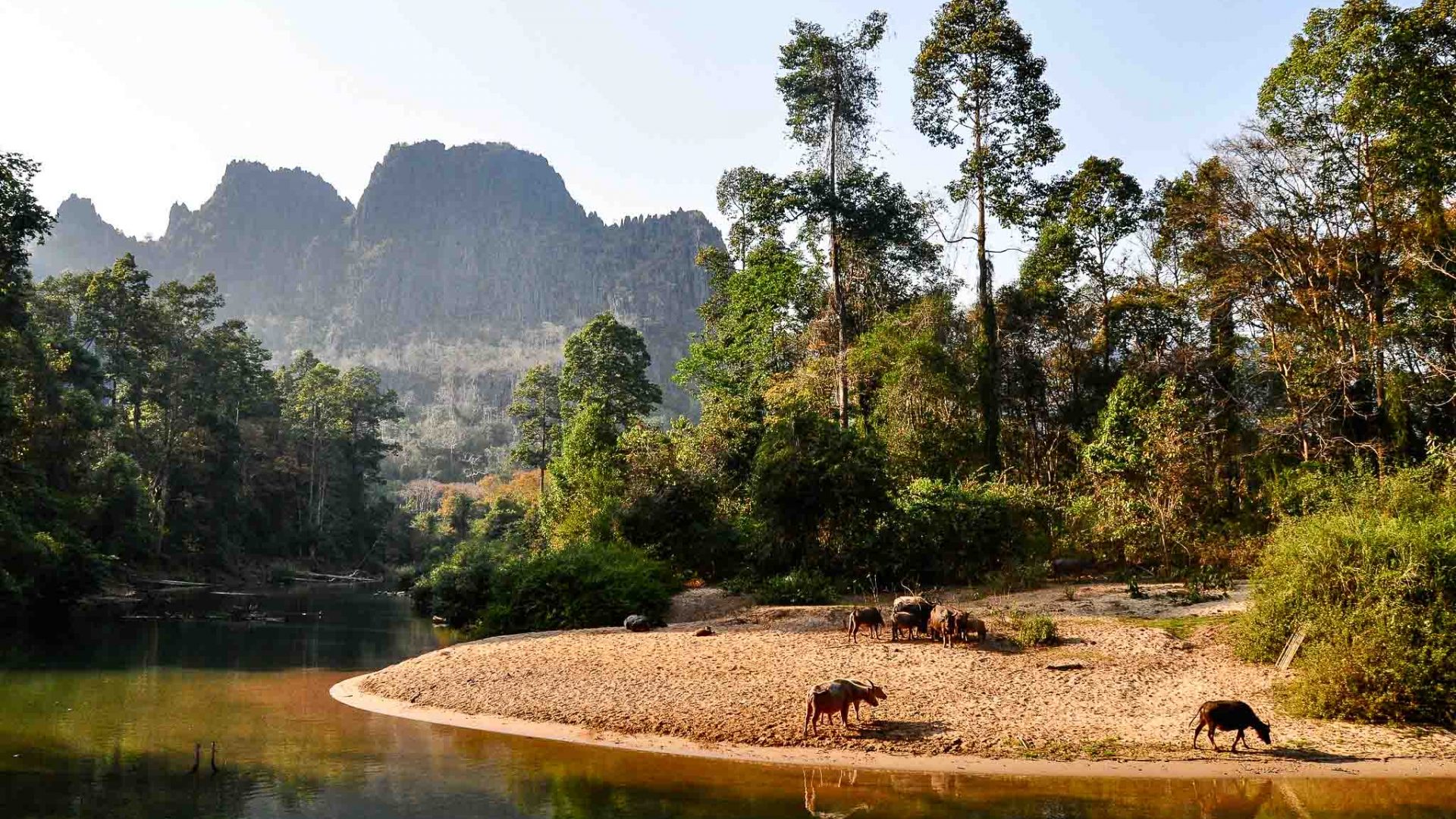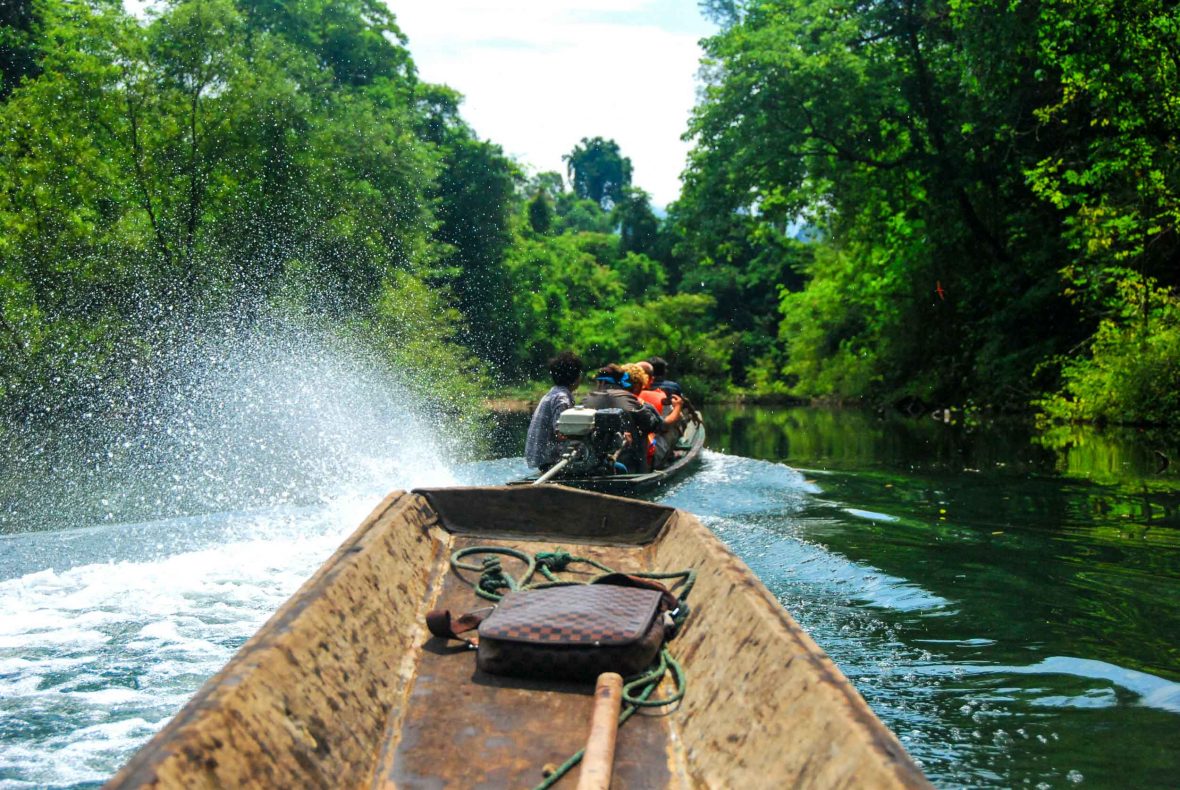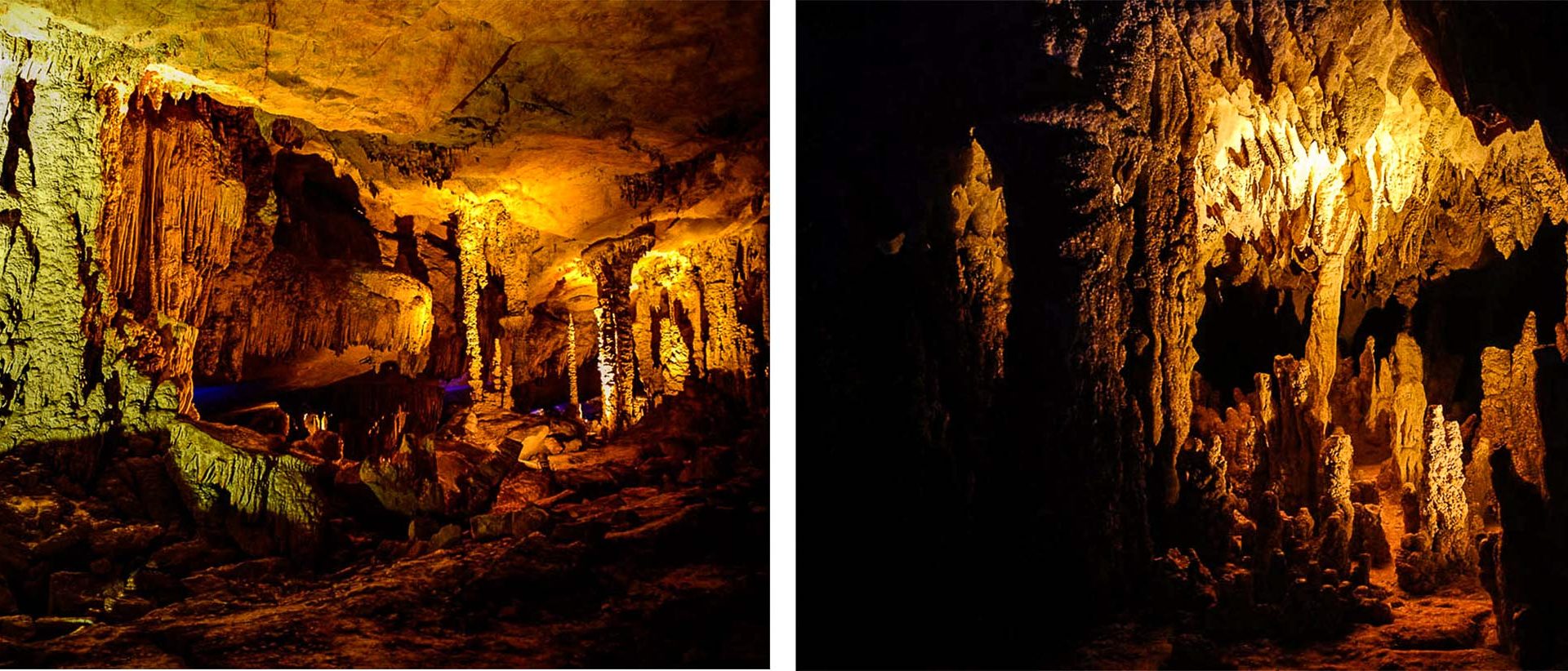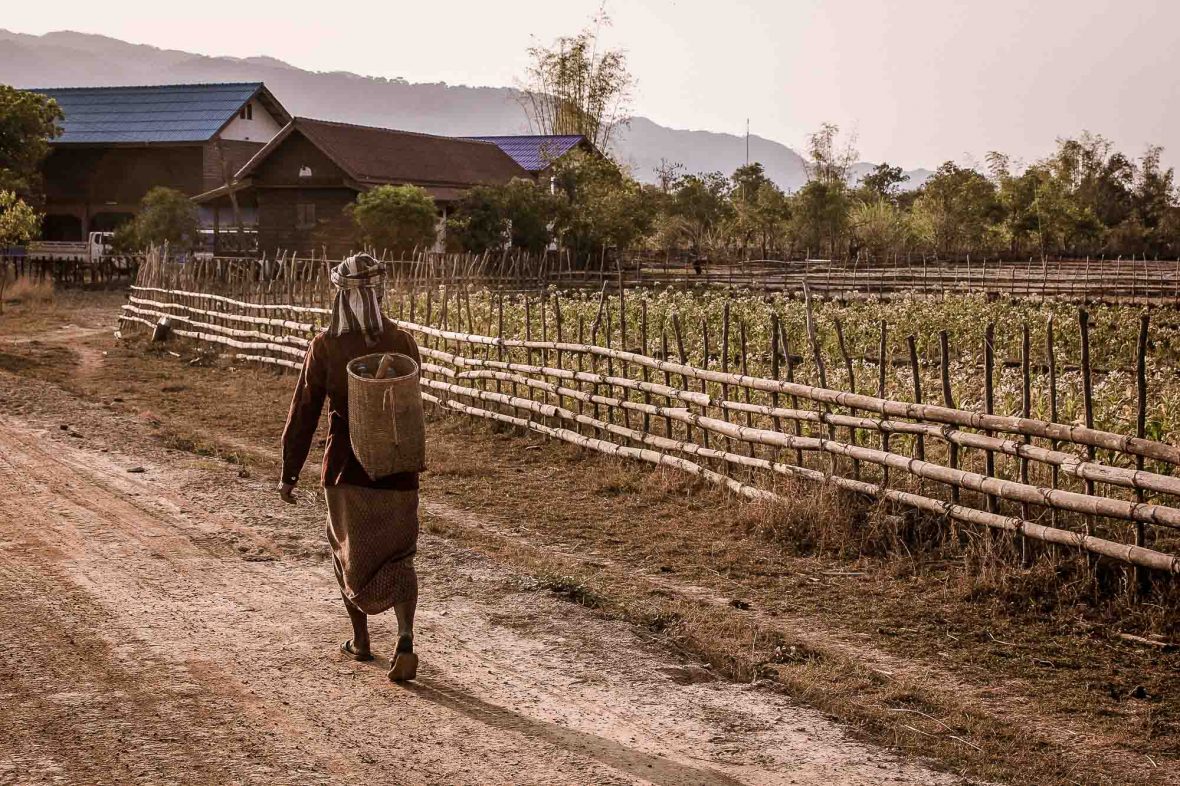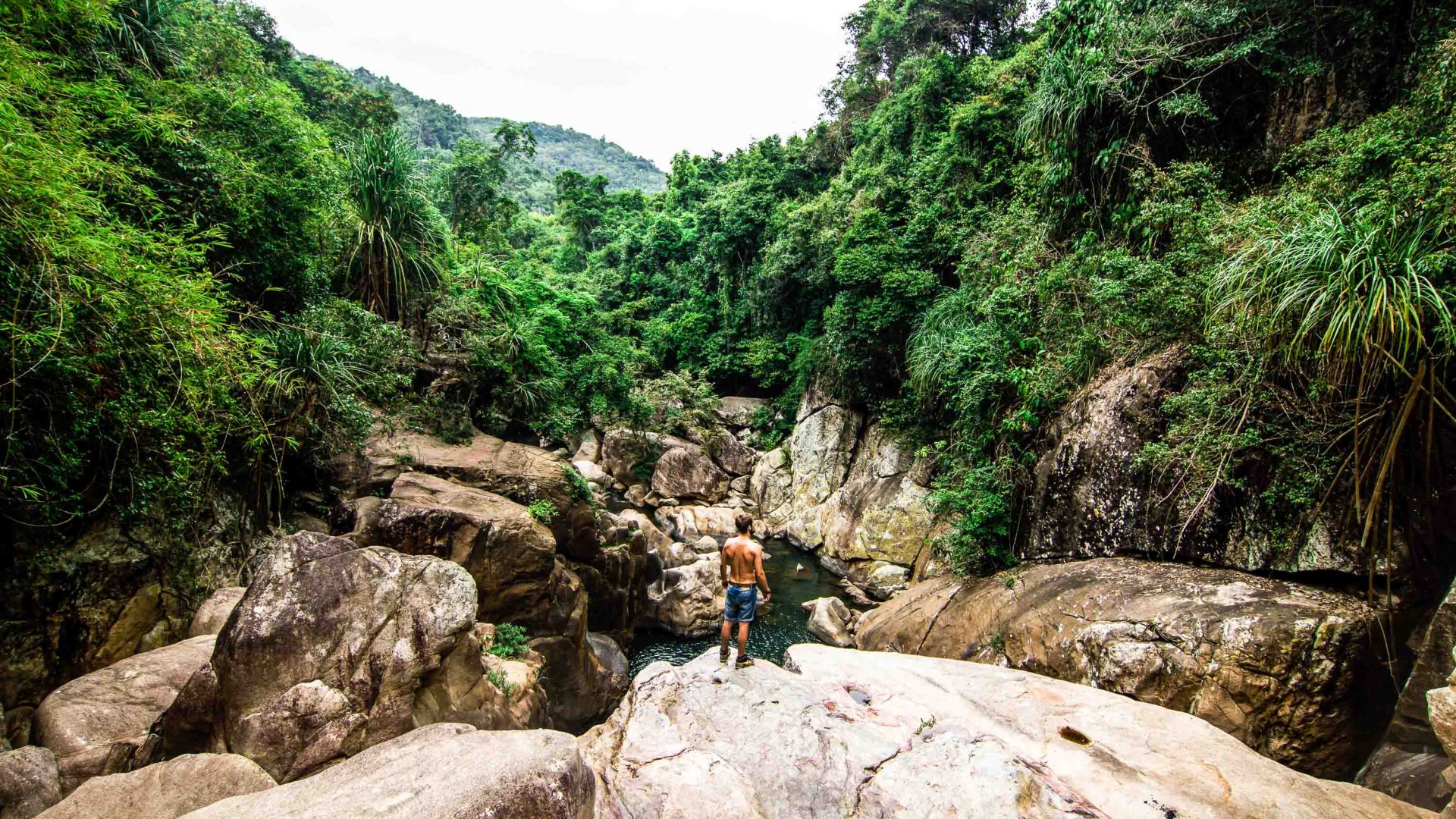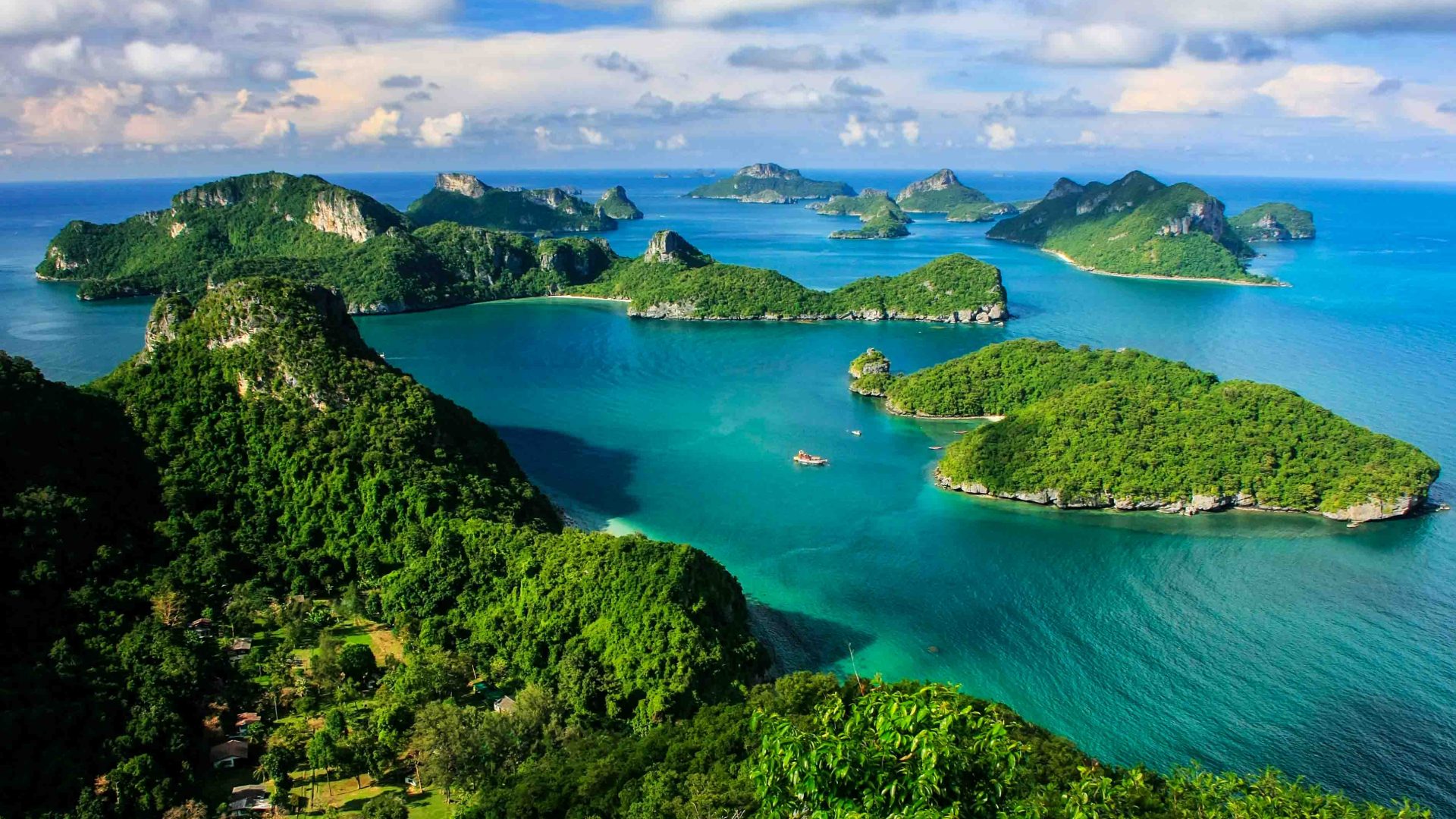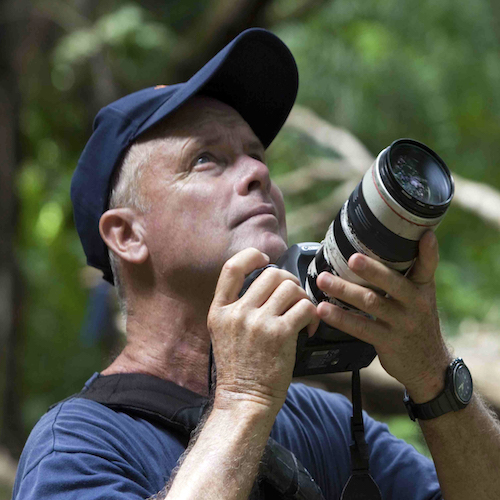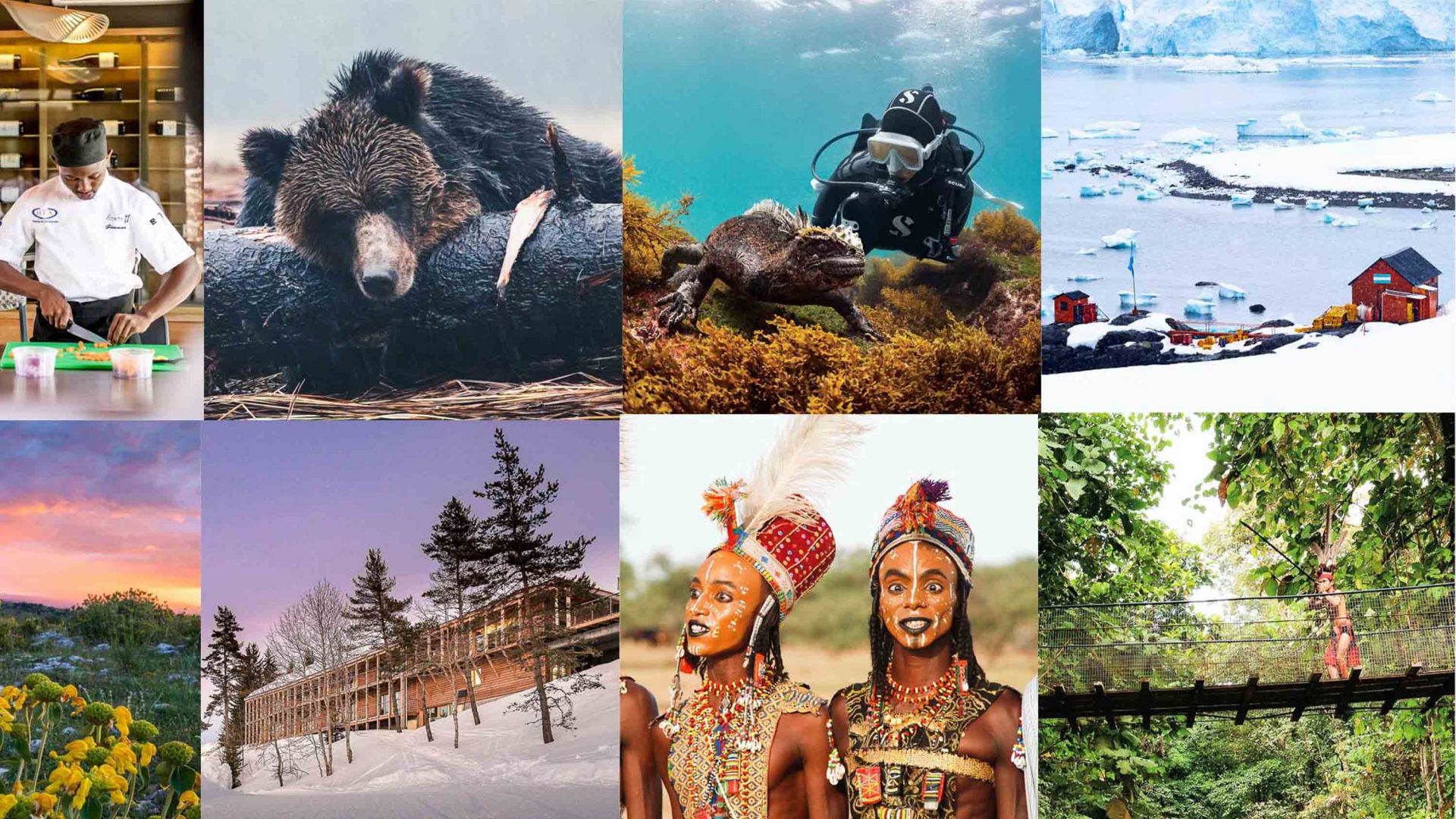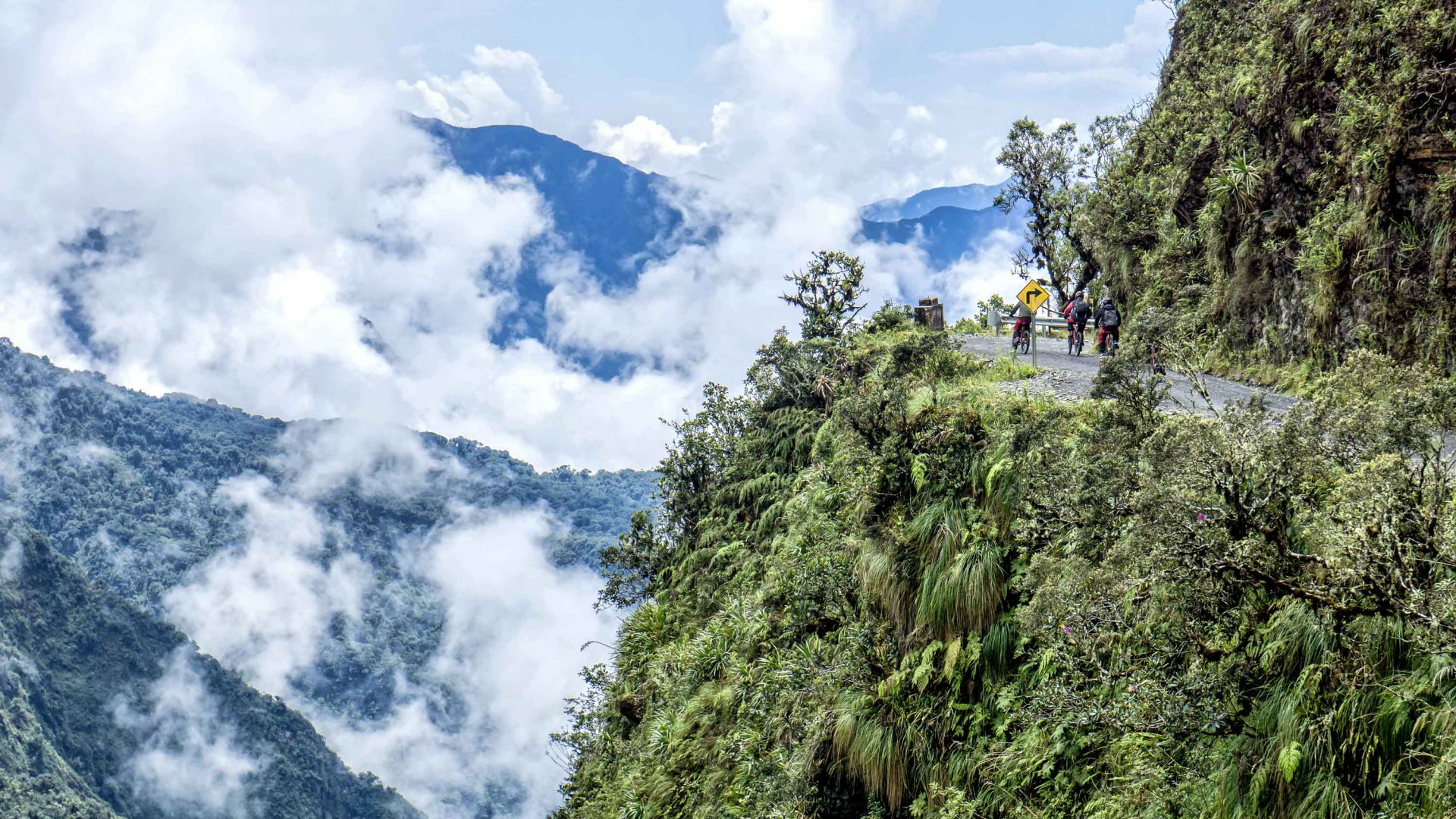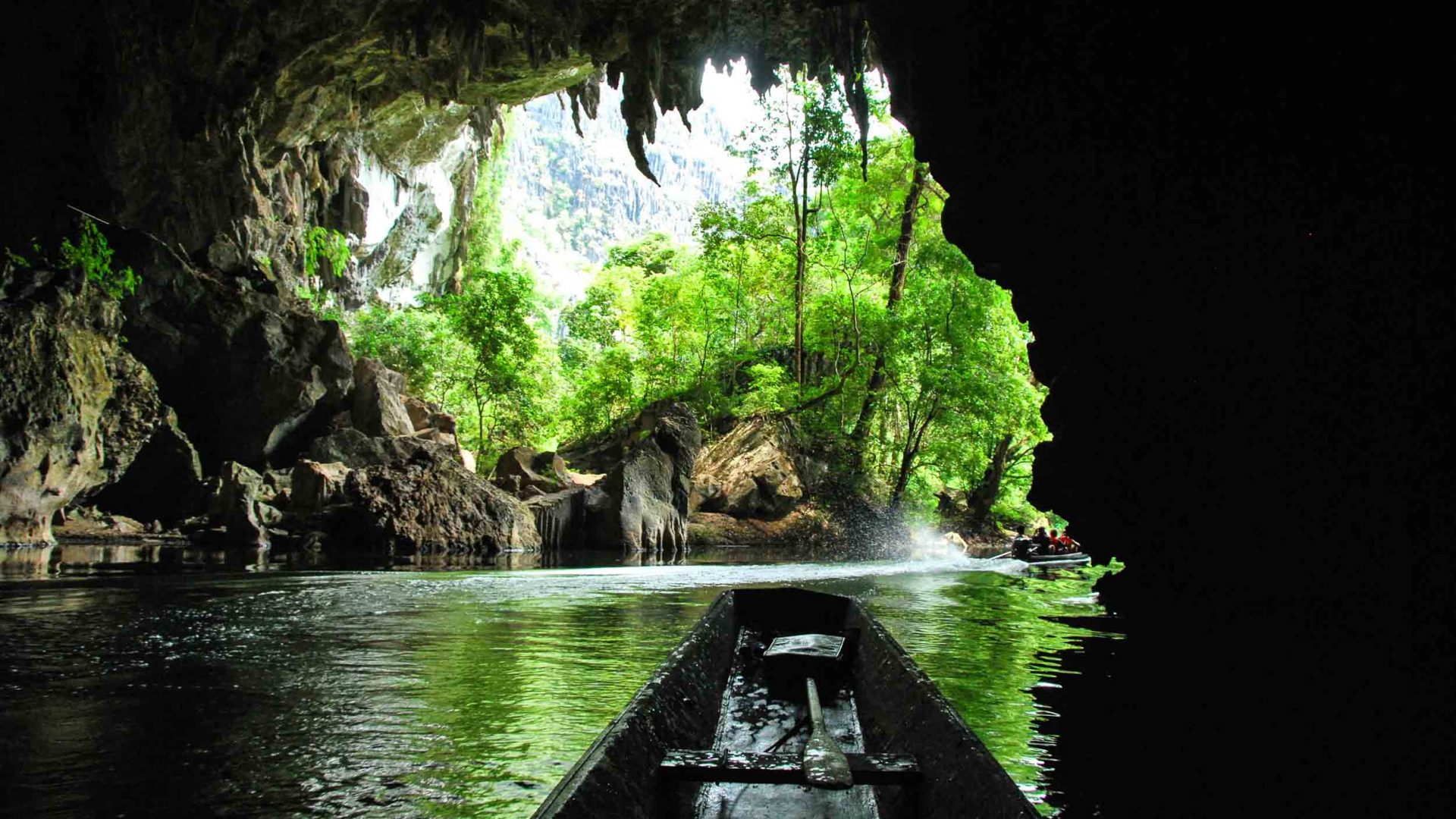
It’s way off the tourist trail and difficult to get to, but Laos’ Kong Lor Cave dishes up a theme park-sized experience for those willing to make the journey.
Imagine Disneyland’s Pirates of the Caribbean ride at Space Mountain speed. Now imagine it on an underground river, in the dark, inside a massive cave in Central Laos. That’s what it feels like to fly through Kong Lor Cave on a longtail boat. Some even liken it to the River Styx—the mythological ancient Greek river that supposedly links Earth with the underworld—or Gollum’s underground lair from The Lord of the Rings.
Set in the relative wilderness of the Phu Hin Bun National Protected Area, some 200 miles east of the capital Vientiane, Kong Lor (which means ‘beauty in the dark’) is difficult to get to and hidden from the main Vientiane-Vang Vieng-Luang Prabang tourist trail. In fact, most travelers to Laos wouldn’t have even heard of it. But those who make the journey are in for a treat.


